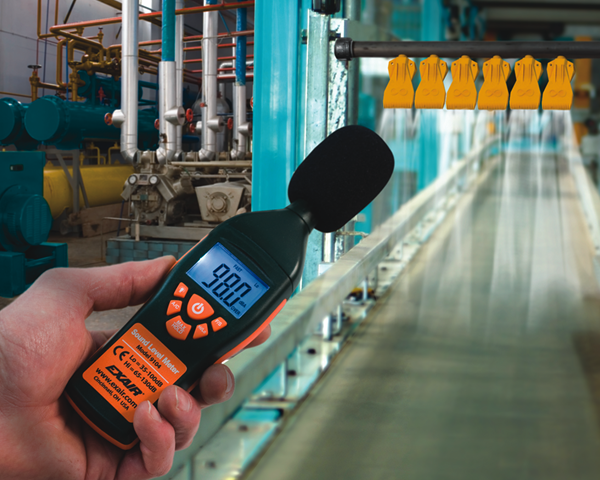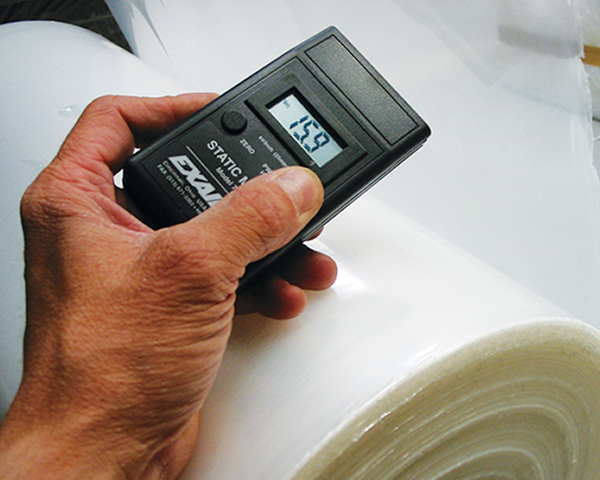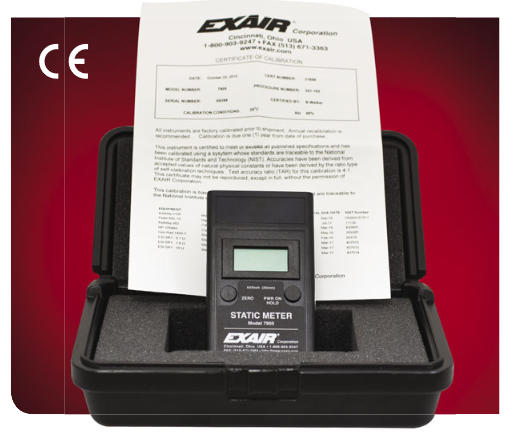Sullair Industrial Compressed Air Desiccant Dryers
Sullair Industrial Compressed Air Desiccant Dryers
The Sullair family of regenerative desiccant dryers combines the proven benefits of desiccant drying with the most advanced designs and monitoring technology, offering dry compressed air for the most critical applications. Sullair desiccant dryers feature a dual-tower design in which both vessels are filled with desiccant material.
Sullair desiccant dryers feature a dual-tower design in which both vessels are filled with desiccant material.
Description

What you should know
Clean, dry compressed air is essential Sullair compressed air desiccant dryers are designed for the most critical applications.
They provide dry compressed air where you need it most.
Compressed air contamination, such as water, dust, bacteria, microorganisms and industrial acids, can ruin products and contaminate processes.
Eliminating contamination is essential to help protect your downstream equipment and reduce maintenance cost and downtime. Ideal for applications requiring an extremely low dew point -40°F/-40°C (-100°F/-73°C optional).
Regeneration methods
Without heat input
Uses approximately 15 % of the process air during the regeneration process.
Dryers without heat input divert a small amount of dry process air from the drying vessel to regenerate the opposite vessel.
Uses approximately 7 % of the process air during the regeneration process.
Heated dryers use an additional heat source, which reduces the loss of process air during the regeneration process.
The additional heat source helps to improve the drying and regeneration process while saving energy.
Uses approximately 0 to 3 % of the process air during the regeneration process.
Blower purge and heated dryers use a combination of an additional heat source, air from a blower and little or no process air.
The three-tier method helps optimize drying and regeneration processes while reducing energy consumption, maximizing life-cycle energy cost savings.
How desiccant dryers work
Sullair desiccant dryers have a twin-tower design in which both vessels are filled with desiccant material.
Compressed, saturated air passes through vessel one, where the desiccant adsorbs moisture, lowering the dew point to expel dry compressed air.
Once vessel one reaches a set level of saturation, the air changes to pass through vessel two.
As the air passes through vessel two, vessel one dries and regenerates the desiccant material.
When vessel two reaches a set level of saturation, the air changes to pass through vessel one.































